The 16 Most Polluted States
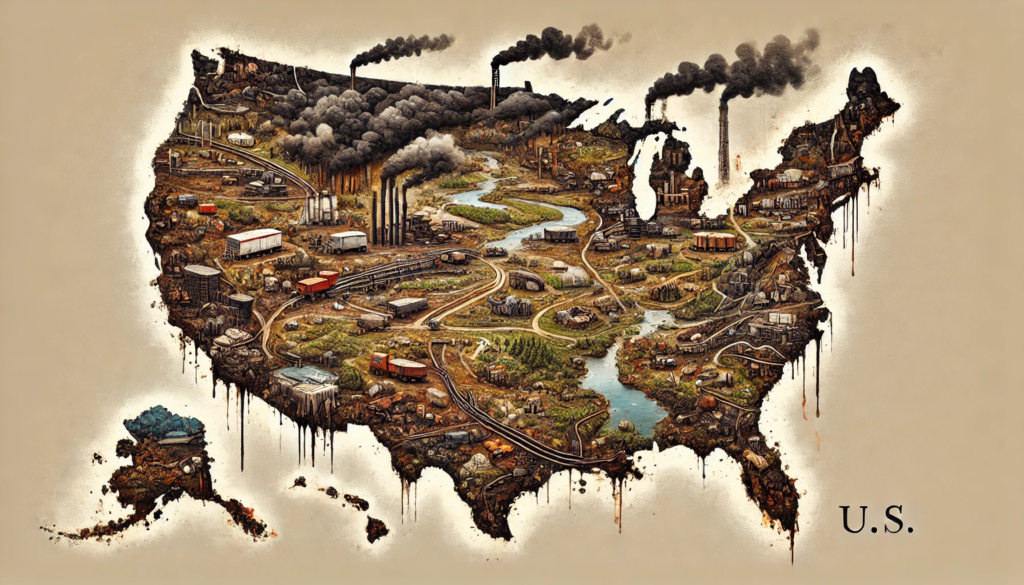
A Road-Worn Rant from the Smog and the Shine
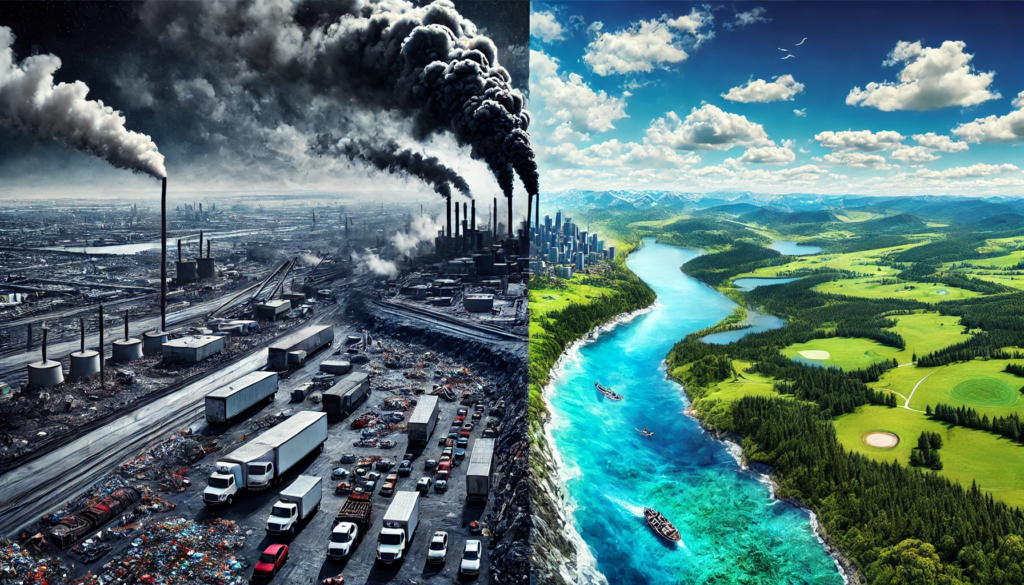
I’ve been tearing through this country’s veins, from rust-belt hulks to sun-bleached sprawls, chasing the air—good, bad, and downright feral. Some cities slam your lungs like a freight train; others slip you a breath you’d swear was a gift. The air quality crew at the American Lung Association tossed me their 2024 playbook—15 cities choking on grime, ranked from gross to repulsive by how much poison hangs in the wind, and 13 clinging to cleaner skies, clean down to barely clean. This ain’t some sterile chart; it’s the raw scoop, scratched out from the haze I’ve hacked through, boots caked in dust and disbelief.
16. Pittsburgh-New Castle-Weirton (PA-OH-WV)
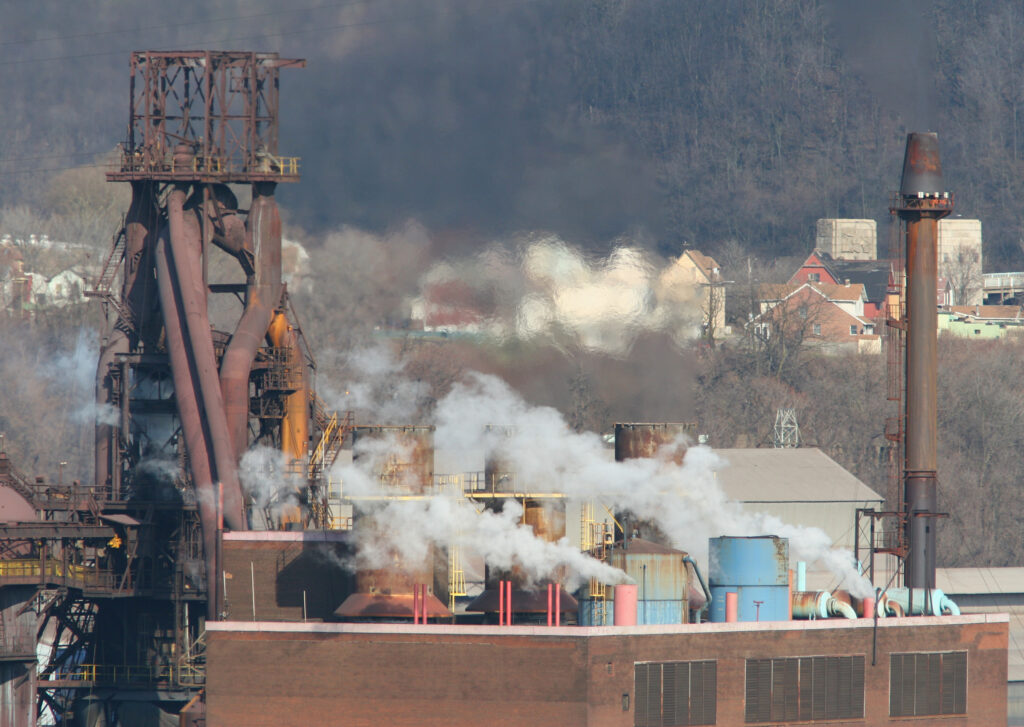
Pittsburgh may no longer be blanketed in soot like it was during its steel-town heyday, but the city still struggles with air quality issues that make breathing here less than ideal. Coal-burning power plants and industrial activity release pollutants into the air, creating smoggy days that leave residents coughing and rubbing their eyes. On particularly bad days, the skyline looks more gray than blue—a stark reminder of Pittsburgh’s gritty past.
15. Indianapolis-Carmel-Muncie (IN)
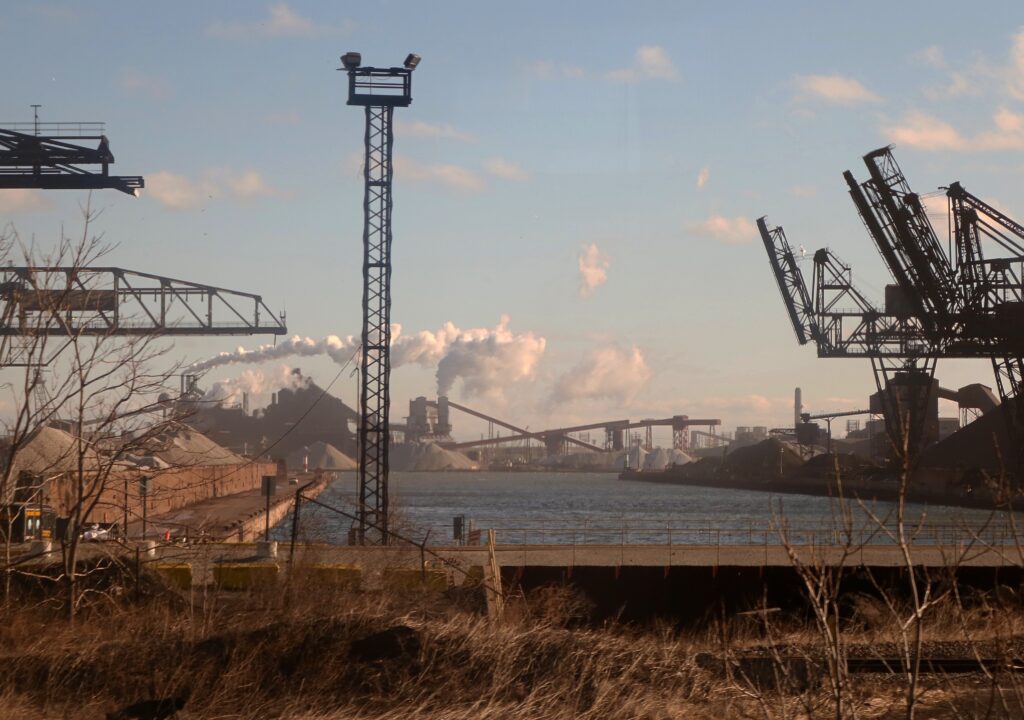
Indianapolis might be famous for its fast cars and bustling urban life, but its air quality is far from speedy in improvement. Manufacturing hubs and constant traffic pump pollutants into the atmosphere daily, creating hazy skies that linger over the city like an unwelcome guest. Summers are particularly bad as heat traps pollution closer to the ground, making outdoor activities feel suffocating rather than refreshing. Residents often complain about irritation in their eyes and throats after spending time outside on high-pollution days.
14. Cincinnati-Wilmington-Maysville (OH-KY-IN)
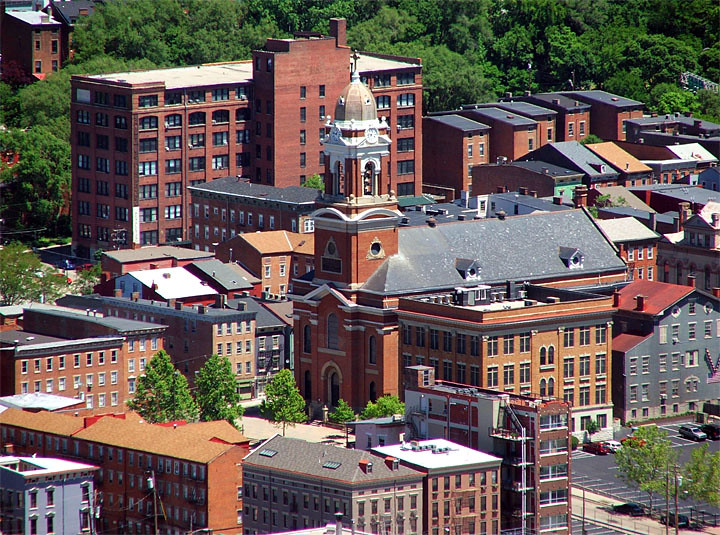
Cincinnati’s location along the Ohio River makes it a hub for industrial activity—and unfortunately, pollution too. Factories along the river pump out harmful emissions daily while traffic congestion adds another layer of grime to the city’s atmosphere. Its geography doesn’t help either; pollutants often get trapped in low-lying areas, leaving residents with hazy skies that make outdoor fun less appealing. On top of that, wildfire smoke from nearby regions occasionally drifts into Cincinnati during summer months, worsening conditions further.
13. Sacramento-Roseville (CA)

Sacramento may be California’s capital city, but it’s also a capital for smoggy skies thanks to vehicle emissions and agricultural activities nearby. The city’s valley location traps pollutants blown inland from coastal areas like San Francisco while wildfire smoke from surrounding regions adds insult to injury during fire season. Residents often wake up to hazy mornings where breathing deeply feels like a mistake rather than refreshing—a stark contrast to California’s sunny reputation.
12. El Centro (CA)
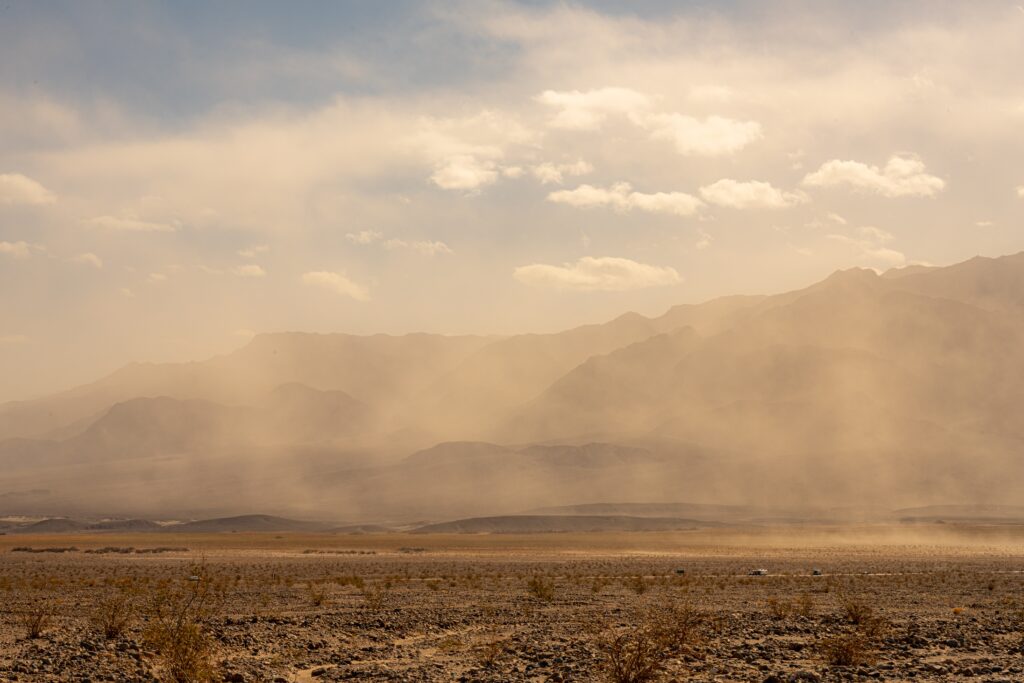
El Centro sits in California’s Imperial Valley—a region notorious for dust storms that sting your eyes and farming pollution that leaves residents breathing dirt instead of fresh air most days. Farming equipment kicks up dirt while crop-burning activities release harmful particles into the atmosphere regularly, creating an environment where hazy skies are more common than clear ones. On windy days, stepping outside can feel more like walking through a sandstorm than enjoying sunny California weather.
11. Chico (CA)
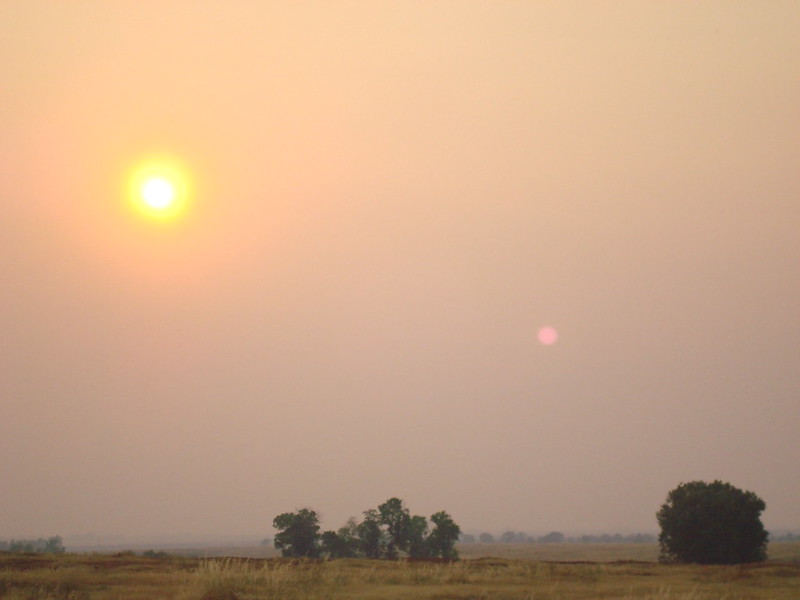
Nestled in Northern California, Chico might seem like a charming college town surrounded by natural beauty, but its air quality tells a different story. Wildfires are the primary culprit here, with smoke from devastating blazes like the Camp Fire frequently blanketing the city in a thick, choking haze. Residents often find themselves staying indoors for days at a time during fire season, as the smoky air makes even short walks uncomfortable. Farming activities in the surrounding areas also contribute to pollution, kicking up dust and releasing particles into the atmosphere.
10. Yakima, WA

Yakima’s air quality is heavily impacted by its geography, climate, and local sources of pollution. Located in a basin surrounded by mountains, Yakima frequently experiences temperature inversions during the winter months. These inversions trap cold air and pollutants close to the ground, preventing them from dispersing. As a result, wintertime PM2.5 concentrations in Yakima can be three times higher than in summer. Domestic wood burning is a major contributor during these colder months, as many residents rely on wood stoves for heating.
9. Fairbanks (AK)
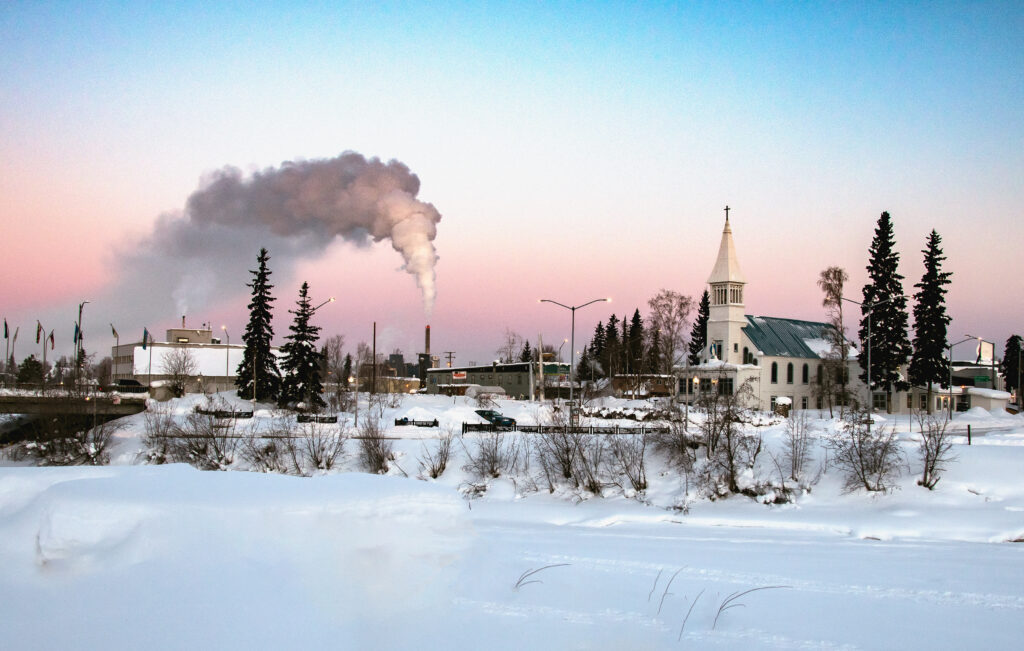
Fairbanks might be surrounded by Alaska’s stunning wilderness, but its air quality is surprisingly bad—and it’s not because of wildfires or industry. The city’s cold climate leads residents to rely heavily on wood-burning stoves for heat during winter months, releasing harmful particles into the air that linger for days due to temperature inversions. These inversions trap pollutants close to the ground, turning Fairbanks’ crisp Arctic air into a smoky mess that leaves residents coughing and wheezing.
8. Medford-Grants Pass (OR)
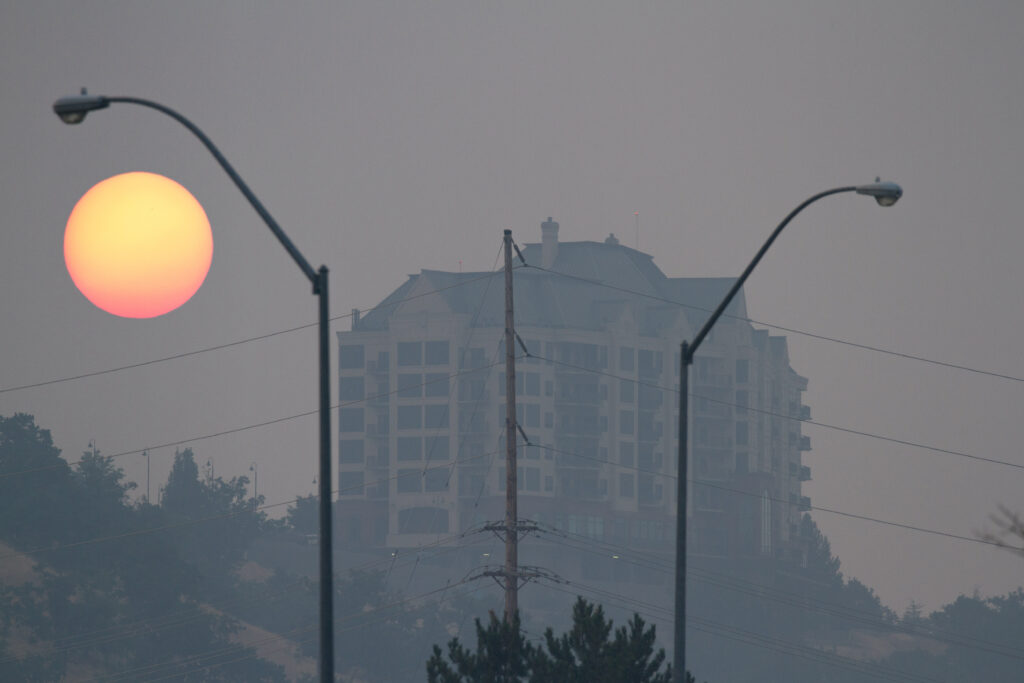
Medford-Grants Pass may be nestled in Oregon’s lush greenery, but its air quality is anything but fresh. Wildfire smoke is a constant problem here during fire season, turning blue skies into an eerie orange haze that makes breathing outdoors uncomfortable and even dangerous at times. The region’s reliance on wood-burning stoves during colder months adds another layer of pollution to the mix, creating year-round challenges for residents who just want to enjoy their beautiful surroundings without worrying about their lungs.
7. Los Angeles-Long Beach (CA)

Los Angeles is famous for many things—Hollywood glamour, sprawling beaches—but clean air isn’t one of them. The city has long been associated with smoggy skies caused by vehicle emissions from millions of cars clogging its freeways daily. Industrial activity near Long Beach further contributes to pollution levels that make outdoor activities less appealing for many residents. On bad days, LA’s iconic skyline disappears behind a gray haze that feels almost suffocating.
6. Phoenix-Mesa (AZ)

Phoenix may be known for its sunny weather and sprawling desert landscapes, but its air quality is far from pristine. Dust storms are a regular occurrence here, whipping up clouds of dirt that irritate eyes and lungs alike. Vehicle emissions from the city’s ever-growing population add another layer of pollution to the mix, creating smoggy skies that linger over the metro area. During summer months, when temperatures soar well above 100 degrees Fahrenheit, pollution gets trapped closer to the ground, making it feel like you’re breathing in hot exhaust fumes instead of fresh air.
5. Fresno-Madera-Hanford (CA)
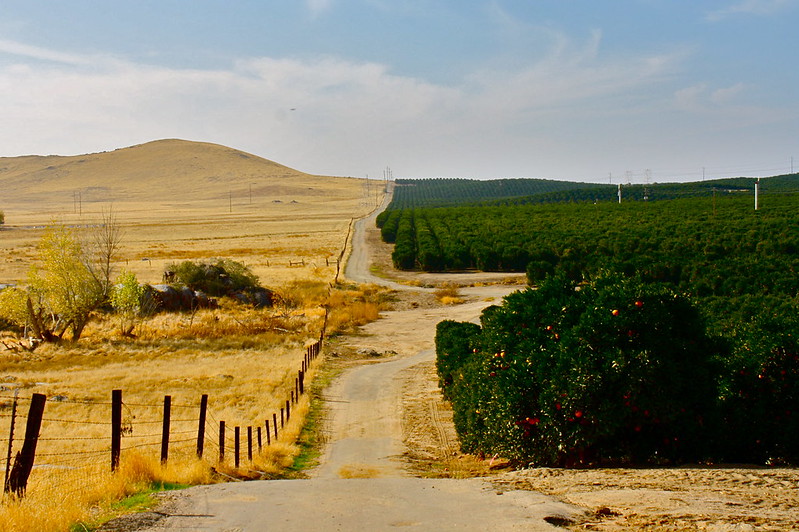
Fresno-Madera-Hanford sits in California’s Central Valley, a region notorious for its agricultural activity—and the pollution that comes with it. Farming practices such as tilling soil and operating heavy machinery release significant amounts of particulate matter into the air. Livestock operations also contribute methane emissions and ammonia, further degrading air quality. Compounding these issues is wildfire smoke during fire season, which frequently blankets the valley in thick haze, pushing PM2.5 levels to dangerous heights. The valley’s bowl-like geography traps pollutants, preventing them from dispersing and leaving residents with stagnant air that exacerbates respiratory issues like asthma and COPD.
4. Eugene-Springfield, OR

Eugene-Springfield may be known for its natural beauty and progressive environmental policies, but its air quality tells a different story. Wildfires in Oregon have become increasingly frequent and severe due to climate change, blanketing the region in thick smoke during peak fire season. This smoke introduces dangerous levels of fine particulate matter (PM2.5) into the air, making outdoor activities hazardous for residents. The city’s reliance on wood-burning stoves during colder months further contributes to year-round particle pollution, compounding the health risks for vulnerable populations like children and seniors.
3. Visalia-Porterville-Hanford (CA)
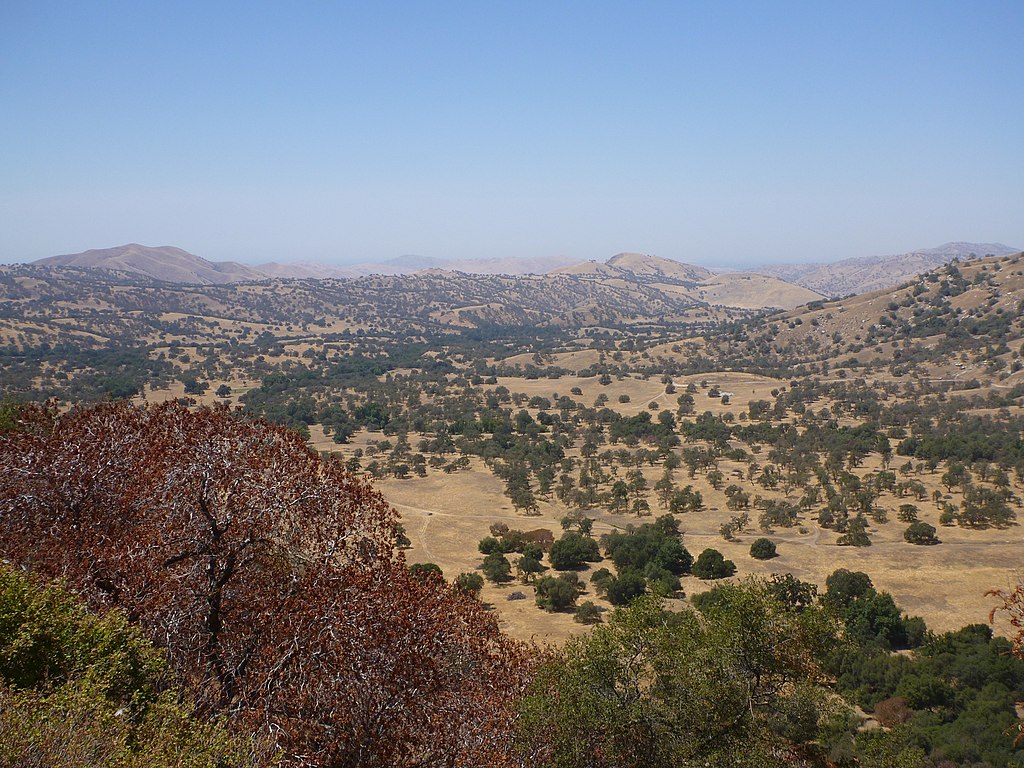
Visalia-Porterville-Hanford faces many of the same pollution challenges as neighboring Fresno due to its location in California’s Central Valley. Agricultural emissions from crop production and livestock operations dominate air quality concerns here, releasing particulate matter and harmful gases into the atmosphere daily. The region’s geography compounds these issues—its bowl-like shape traps pollutants close to the ground, leaving residents with stagnant air that worsens respiratory conditions. Wildfire smoke adds another layer of pollution during fire season, pushing PM2.5 levels to hazardous heights and further degrading air quality.
2. Bakersfield-Delano-McFarland (CA)
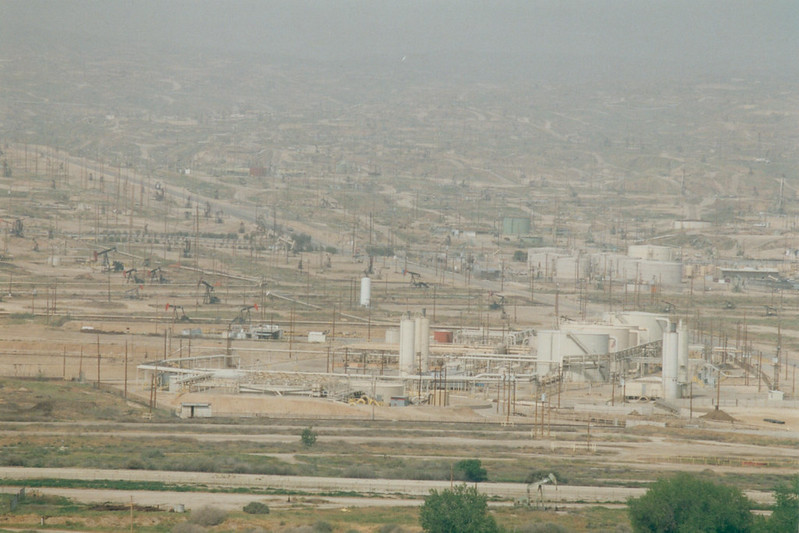
Bakersfield consistently ranks among the most polluted cities in America due to a combination of oil production, agriculture, and wildfire smoke. Kern County produces 70% of California’s oil, with pumpjacks and refineries releasing nitrogen oxide and fine particulate matter into the air daily. Agricultural activities add dust from tilling soil and methane emissions from livestock operations to the mix, creating a toxic blend of pollutants that linger over the valley. The surrounding mountains trap these emissions in stagnant air while wildfire smoke during summer months pushes particle pollution levels even higher. For now, Bakersfield remains one of America’s dirtiest places to breathe.
1. San Bernardino-Riverside-Ontario Metro Area (CA)
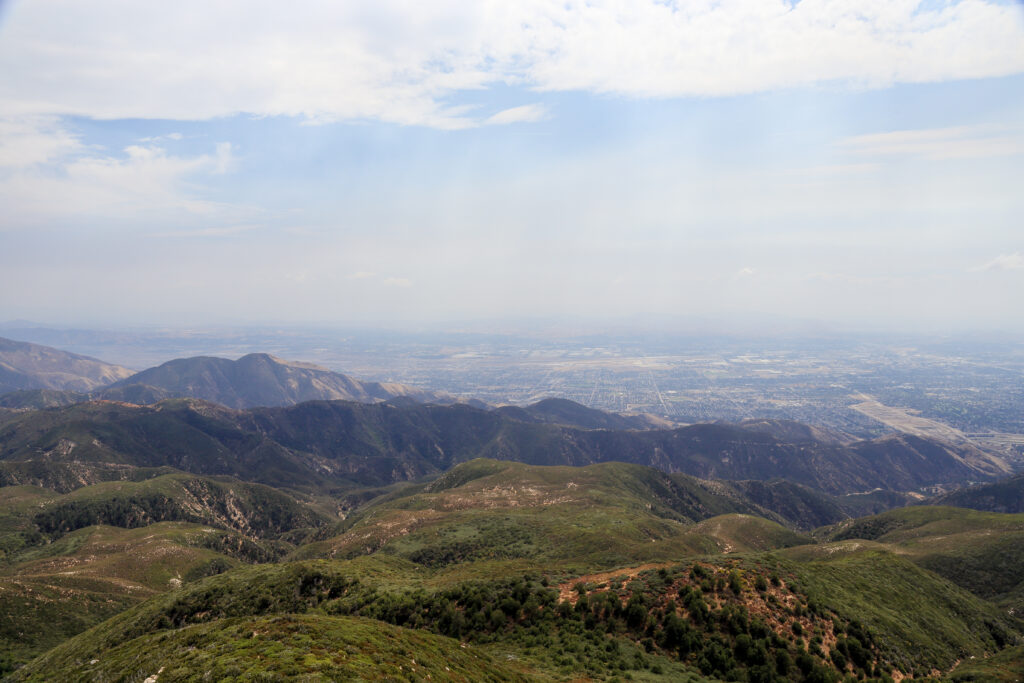
San Bernardino takes the crown as America’s most polluted city due to its severe ozone and particulate pollution problems. As a major freight hub in California’s Inland Empire, San Bernardino is home to over 9,500 warehouses serviced by constant diesel truck traffic that releases nitrogen oxide into the air daily. These emissions combine with sunlight to create ozone pollution at levels that frequently exceed federal safety standards. Particulate matter from industrial activity further compounds health risks for residents. The surrounding mountains trap pollutants in stagnant air while wildfire smoke during summer months worsens conditions further by introducing dangerous spikes in PM2.5 levels.
A Breath of Fresh Air: The 13 Cleanest Cities in America
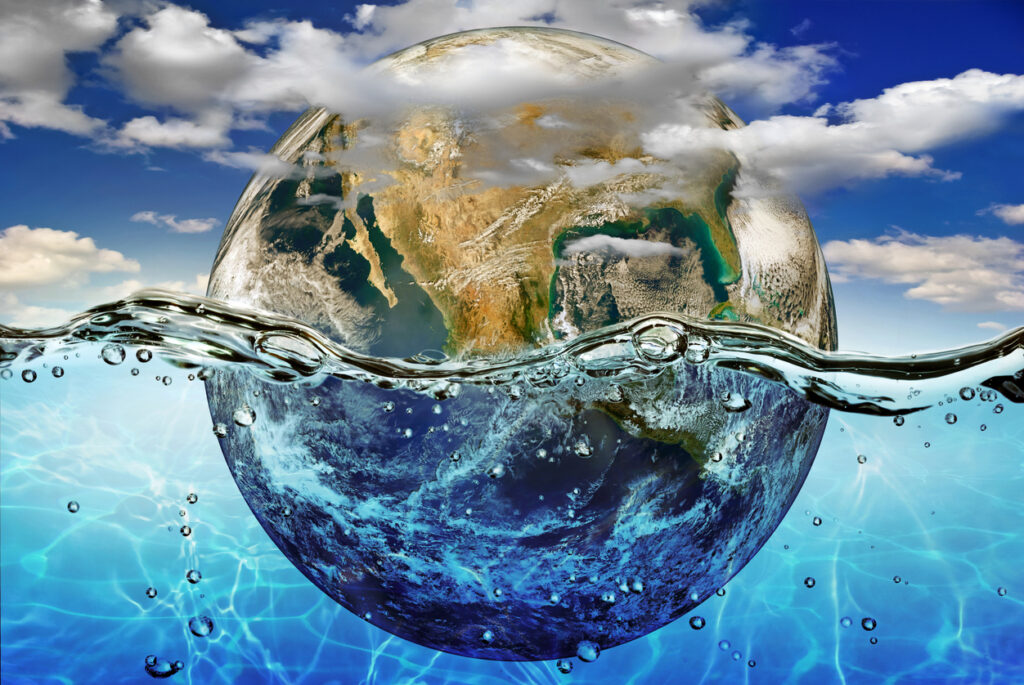
After exploring the most polluted cities, it’s refreshing to shift focus to places where fresh air reigns supreme. These cities have earned their spots as the cleanest in America by combining natural advantages like coastal winds or mountain breezes with proactive environmental policies. From renewable energy initiatives to green infrastructure projects, these communities demonstrate how innovation and responsibility can lead to healthier living conditions. Here’s a countdown of the 13 cleanest cities in America, ranked backward from “barely clean” to “absolutely pristine.”
13. Barre-Montpelier Metro Area (VT)

Barre, Vermont, might not be a household name, but its air quality deserves recognition. Nestled in the Green Mountain State, Barre benefits from its small population and minimal industrial activity, which keeps pollution levels low year-round. The city’s proximity to nature also ensures plenty of fresh air for residents who enjoy hiking, fishing, or simply relaxing outdoors without worrying about smog or haze. While Barre doesn’t face many pollution challenges, its commitment to sustainability helps keep its air clean and its environment healthy. For those seeking a quiet town with fresh air and stunning natural surroundings, Barre is an underrated gem.
12. Johnson City-Kingsport-Bristol Metro Area (TN-VA)

Tucked away in eastern Tennessee near the Appalachian Mountains, Johnson City is a hidden gem when it comes to clean air. Its location ensures plenty of fresh mountain breezes that naturally disperse pollutants, while its relatively small population keeps emissions low compared to larger metropolitan areas. Residents here enjoy clear skies year-round—perfect for outdoor activities like hiking or biking through scenic trails. Johnson City has also invested heavily in sustainable practices like expanding green spaces and implementing stricter vehicle emissions standards. For those seeking both clean air and Southern hospitality, Johnson City delivers on all fronts.
11. Lincoln-Beatrice Metro Area (NE)
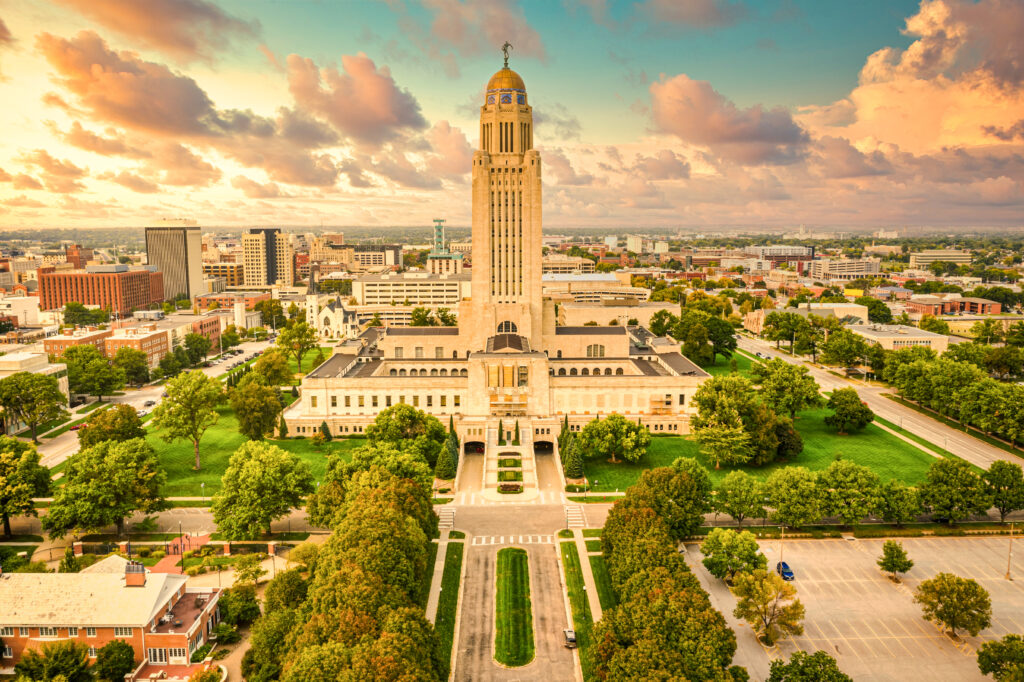
Lincoln-Beatrice consistently ranks as one of the cleanest metro areas in America, thanks to its low population density and proactive environmental policies. The region experiences zero unhealthy ozone or particle pollution days, making it a standout for year-round air quality. Renewable energy initiatives, such as transitioning to wind and solar power, have further reduced emissions from transportation and industry. While occasional wildfire smoke from neighboring states can temporarily impact air quality, these events are rare and well-managed through Nebraska’s Smoke Advisory System.
10. Asheville-Buncombe County (NC)
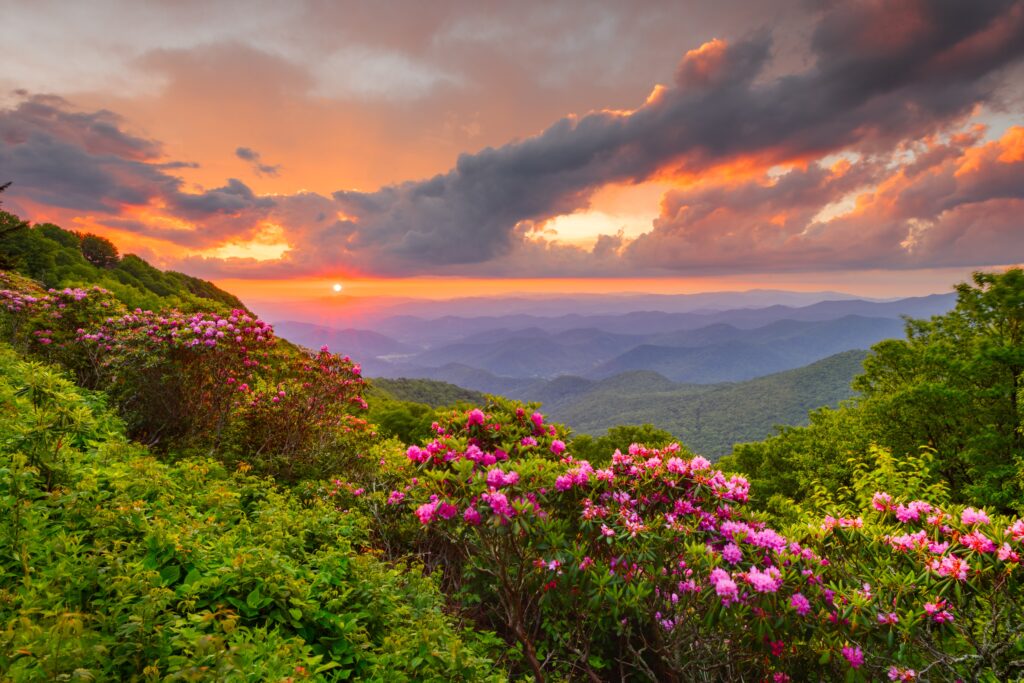
Asheville combines Southern charm with mountain air so fresh you’ll want to bottle it up and take it home. Nestled in the Blue Ridge Mountains, this North Carolina city benefits from natural breezes that help disperse pollutants and keep particle levels low year-round. Asheville’s relatively small population also means fewer vehicles on the road compared to major metropolitan areas—another factor contributing to its clean air. The city is deeply committed to sustainability, with programs promoting renewable energy sources like solar power and eco-friendly building practices that reduce carbon footprints.
9. Syracuse-Onondaga County (NY)

Syracuse stands out as one of New York’s cleanest cities thanks to proactive environmental policies and a lack of heavy industry. The city has invested in renewable energy projects and sustainable practices to reduce emissions, while its relatively small population keeps pollution levels low. Onondaga County’s Climate Action Plan further supports these efforts, focusing on reducing greenhouse gas emissions and improving air quality through initiatives like transitioning to cleaner energy sources and enhancing public transportation. Despite these successes, Syracuse occasionally faces minor air quality challenges from localized pollution sources, such as vehicle emissions and industrial runoff affecting nearby waterways like Onondaga Lake.
8. Tampa-St Petersburg Metro Area (FL)

Tampa-St Petersburg combines coastal winds with innovative green infrastructure projects to maintain clean living conditions despite urban growth challenges. The region’s Clean Air Tampa Bay initiative, supported by a $1 million EPA grant, focuses on transitioning transportation fleets to electric vehicles, installing solar energy systems, and expanding public transit to reduce greenhouse gas emissions. These efforts not only improve air quality but also enhance resilience against climate change impacts like coastal erosion and severe storms. In addition to regional planning efforts, local restoration projects—such as the Boyd Hill Nature Preserve—rehabilitate wetlands and improve water quality while providing new habitats for wildlife.
7. Wilmington-New Hanover County (NC)

Wilmington combines coastal charm with some of the cleanest air in the country. Located along North Carolina’s picturesque shoreline, this city benefits from ocean breezes that sweep away pollutants and keep particle levels low year-round. Unlike many urban areas, Wilmington doesn’t suffer from heavy industrial activity, allowing its residents to enjoy clear skies and fresh air even on busy days. The city has embraced green initiatives like bike-friendly infrastructure and renewable energy projects to maintain its environmental health. Wilmington’s residents can kayak through marshes, stroll along its historic waterfront, or relax on nearby beaches without worrying about smog or pollution clouding their views—or their lungs.
6. Bangor-Penobscot County (ME)
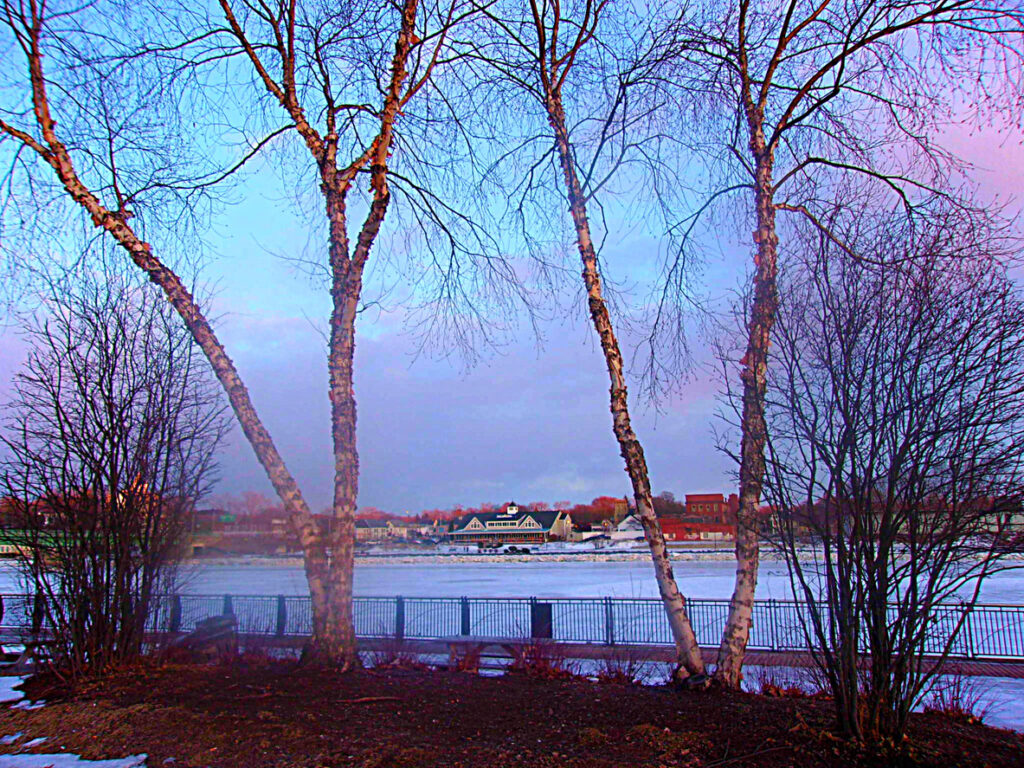
Bangor is a breath of fresh air—literally. Nestled in Maine’s lush forests and far removed from major industrial hubs, this charming city consistently ranks as one of America’s cleanest when it comes to air quality. With virtually no heavy industry and a relatively small population, Bangor enjoys low levels of both year-round particle pollution and short-term spikes in pollutants. Residents wake up to crisp mornings where breathing deeply feels invigorating rather than risky—a rarity in most urban areas. Bangor’s proximity to nature also makes it a haven for outdoor enthusiasts who can hike along the Penobscot River or explore nearby Acadia National Park without worrying about smog or haze.
5. Portland-Lewiston-Auburn Metro Area (ME)

Maine’s largest metro area offers more than just scenic views—it also boasts some of the cleanest air in America. Portland benefits from its small population size and lack of heavy industry, which keeps particle pollution levels consistently low throughout the year. Residents wake up to crisp mornings where even downtown feels like an extension of Maine’s natural beauty. Portland is also a leader in environmental sustainability, with policies promoting renewable energy sources like wind and solar power. The city has made significant investments in public transportation systems that reduce vehicle emissions while encouraging eco-friendly commuting options like biking and walking.
4. Lahaina-Wailuku-Kahului Metro Area (HI)
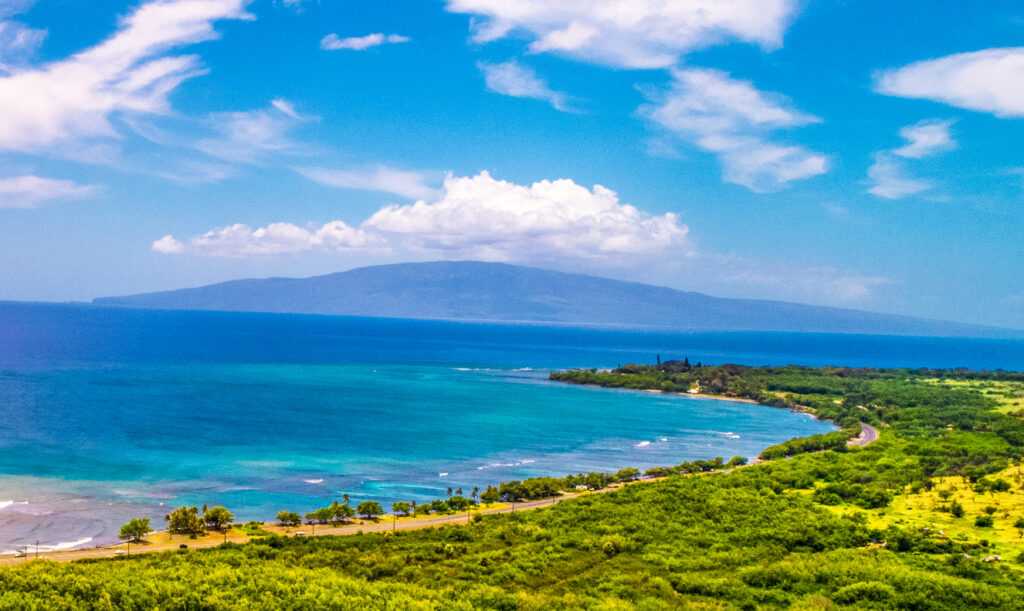
The Lahaina-Wailuku-Kahului metro area on Maui is a shining example of what happens when nature gets the upper hand over pollution. With minimal industrial activity and constant ocean winds sweeping through the area, Maui enjoys some of the freshest air in the country. Residents here live surrounded by lush landscapes and pristine beaches where breathing deeply feels invigorating rather than risky—a rarity in most urban areas. Maui’s commitment to sustainability also plays a role in its clean air success. Local policies promote renewable energy use through solar farms while encouraging eco-friendly transportation options like biking paths and electric buses.
3. Burlington-South Burlington-Barre Metro Area (VT)
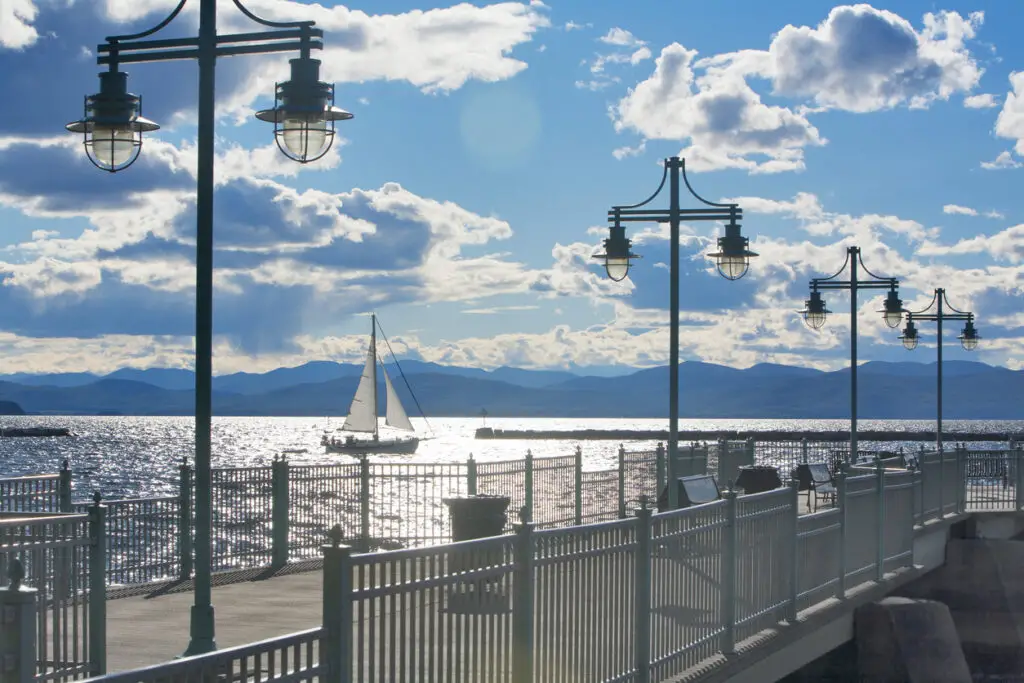
Vermont’s largest metro area offers more than just postcard-worthy views—it also boasts some of the cleanest air in America. Burlington benefits from its small population size and lack of heavy industry, which keeps particle pollution levels consistently low throughout the year. Residents wake up to crisp mornings where even downtown feels like an extension of Vermont’s natural beauty.Burlington is also a leader in environmental sustainability, with policies promoting renewable energy sources like wind and solar power. The city has made significant investments in public transportation systems that reduce vehicle emissions while encouraging eco-friendly commuting options like biking and walking.
2. Cheyenne-Laramie County (WY)

Cheyenne boasts wide-open spaces paired with proactive green initiatives, making it one of America’s cleanest cities. Its sparse population and lack of heavy industry help keep pollution levels remarkably low, while its high elevation allows pollutants to disperse quickly. Regular breezes across Wyoming’s plains further contribute to consistently clean air, ensuring residents can enjoy crisp mornings and clear skies year-round. Cheyenne has embraced renewable energy projects, including wind farms that align with Wyoming’s reputation for harnessing natural resources responsibly.
1. Urban Honolulu-Honolulu County (HI)

Honolulu isn’t just a tropical paradise—it’s also America’s cleanest city. Thanks to constant ocean breezes and strict environmental regulations, Hawaii’s capital enjoys exceptionally low levels of both particle pollution and ozone pollution. Its remote location far from mainland industrial centers ensures that its air remains fresh and pure, making every breath feel like a vacation for your lungs.
Hawaii’s commitment to sustainability further bolsters Honolulu’s reputation for clean living. Solar power initiatives, eco-friendly transportation options, and conservation efforts ensure that this bustling city remains an example of how urban areas can coexist with nature while maintaining exceptional air quality.


